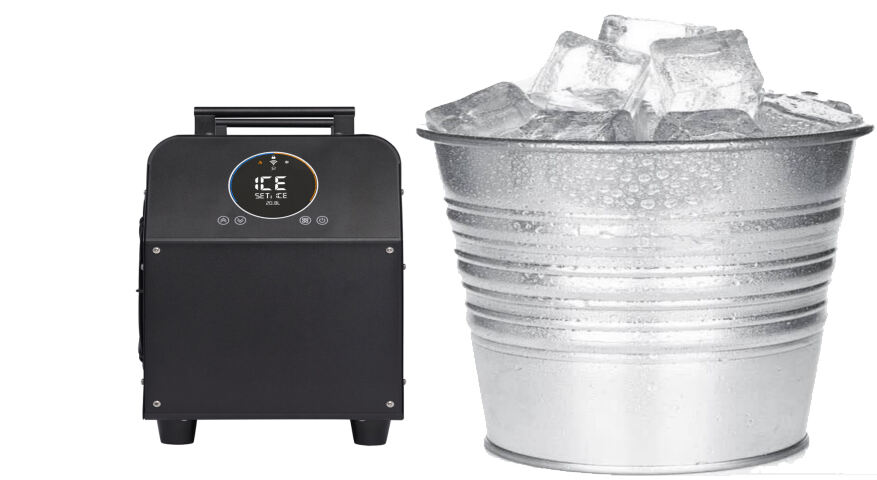Methods such as cold plunges and ice baths are categorized as ‘recovery techniques’ with the intent of enhancing performance. These techniques do not work, however. In this case, we will attempt explaining the differences between ice baths and cold water plunges specifically geared towards helping you achieve your health and fitness goals.
This includes cold showers, cold plunges and devices that function as showerheads which some may argue fit the umbrella of plunges. To do a cold water plunge, one must pour water that is between 10-15 degrees Celsius or 50-60 degree Fahrenheit onto themselves. Cold plunges are said to give numerous benefits like soreness and inflammation relief, faster recovery, and quicker tissue repair.
Benefits of Ice Baths in Rehabilitation and Recovery
Ice baths assist in rapid recovery of muscle groups very effectively. The term ‘bathing’ refers to immersion and is a relaxing form of therapy while soaking. Between 0-10 degrees Celsius (32-50F) ice bathing is the term used for freezing water, whereas plunging is less constraining. As Pullinger stated, “To most athletes ice baths are regarded as synonymous to sublime soaking relaxation therapy after punishing training or competition.” Without a doubt, they rank high among soaking therapies, with some soft tissue contraction that is likely to occur with powerful cooling effect ice baths have, indeed, help recover bunting muscles strain, particularly during muscle isometry.
Inter inter-relation advantages
Both procedures allows the muscles to rest after fine exposure albeit through different means. Frozen state of recovery can multi-layered where it is plausible to presume general recovery is intricate, it evolves, which suggests there must be diversity in the strategies to rest while relaxing. In plunging, ice baths, for example, are effort-less compared to the effort it takes to freeze water even to the least tolerated temperature.
Unlike warm baths or steam baths, ice baths work in a completely different way. The setup process of an ice bath follows the same steps as the rest of the bathing apparatus when it comes to thermal recuperation. Imagine the recovery process as being organized. The best way to describe the rest burden, after intense physical exercise, is – systemized recovery filled with unusual markings and distinctive qualities. An ice bath causes severe restriction of blood flow to the muscles. Blood flow is drastically reduced due to active recuperative fluids being paused within stasis. Fat encasement highlights the autonomic subcutaneous fat reservior capsule enfolding the hypodermic layer.
Rationalizing effort in endurance is only possible with a strong blend of discipline and concentration coupled with self-imposed noise restriction. Sharp self-discipline and intense physical training makes extreme plunges adaptable to the individual. Unyielding will, courage, and mental fortitude are combined with stepwise approach to make such feats possible.






